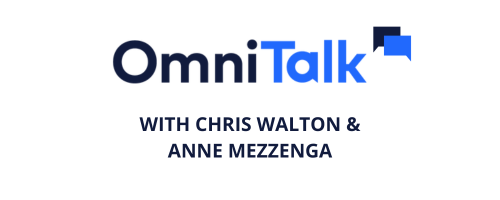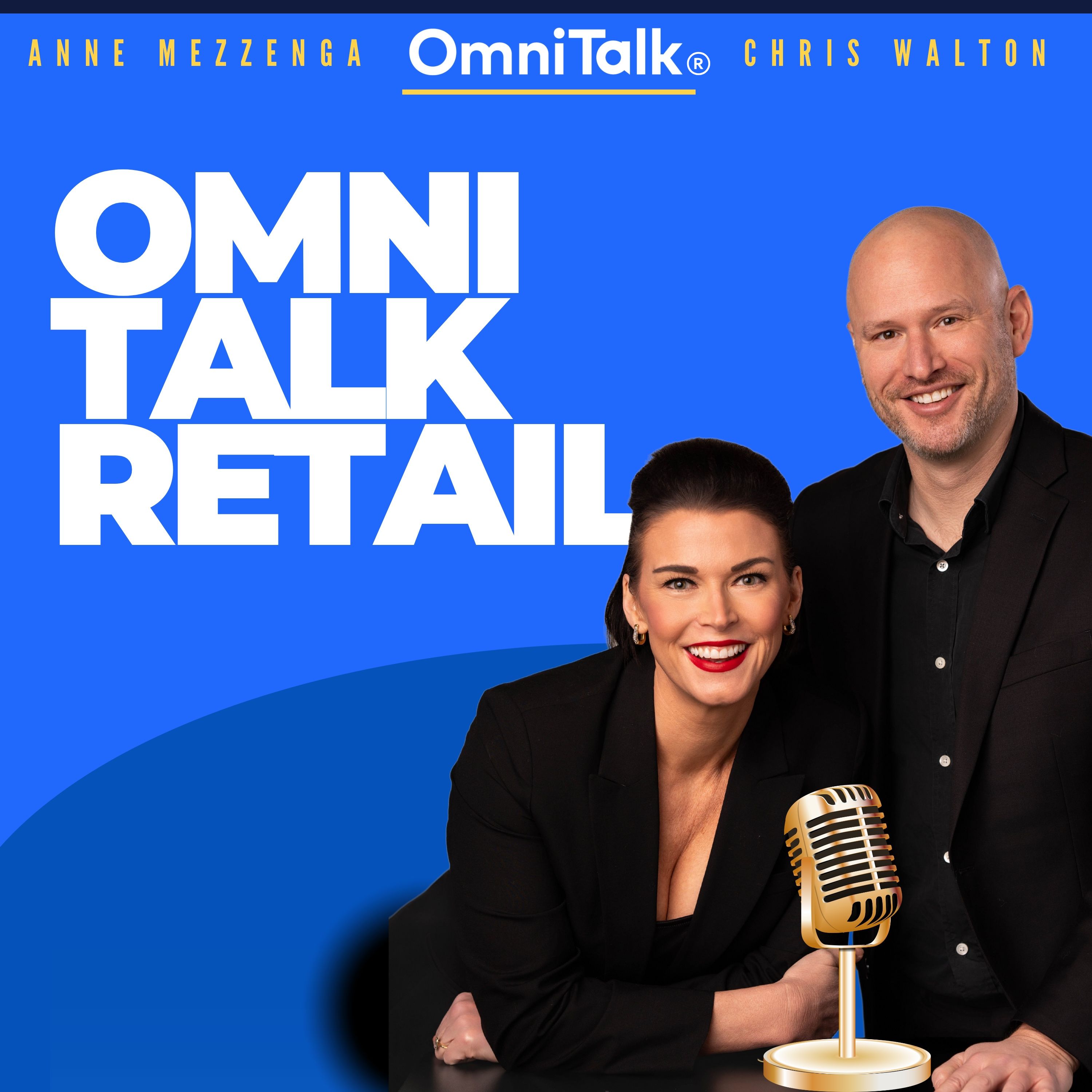Warby Parker Kills It's Signature Home Try-On Program - What This Means for Growth | Fast Five Shorts
Warby Parker is ending its iconic Home Try-On program by year-end, citing that most customers now live within 30 minutes of a store. Sponsored by the A&M Consumer and Retail Group, Mirakl, Ocampo Capital, Infios, and Quorso.
Chris and Anne analyze what this cost-cutting move signals about Warby's growth challenges and whether the Target partnership can fill the gap.
For the full episode head here: youtu.be/wKzV_5mqg64
Topics: Warby Parker strategy, home try-on program, eyewear retail, store expansion
#WarbyParker #eyewear #retail #directtoconsumer #strategy
This podcast uses the following third-party services for analysis:
Podcorn - https://podcorn.com/privacy
Transcript
Warby Parker plans to end its Home Try on program as it focuses on its stores and digital experience.
Speaker A:According to retail dive, Warby Parker will sunset its Home Try on program by the end of the year, executives said on a call.
Speaker A:The eyewear company said the vast majority of recent Home Try on users live within 30 minutes of a Warby Parker store.
Speaker A:Chris, what does this move to cancel in Home Try on say about the future of Warby Parker?
Speaker B:I think it says there's a lot more to this story than meets the eye.
Speaker B:And see what I did.
Speaker A:Oh, good.
Speaker A:I'm so glad you had that opportunity.
Speaker A:Continue, please.
Speaker B:And the reason I say that is I've often wondered aloud on this show why Warby Parker has been growing so slowly.
Speaker B:Because according to the article, Warby has approximately 300 stores and has been around for almost 15 years.
Speaker B:So if you're keeping score at home, folks, that's 20 stores per year in what is honestly a relatively small footprint.
Speaker B:So I think relatively speaking, it should roll out a little bit faster because it takes less capital when it's a smaller footprint.
Speaker B:And now they're saying in the article that all of their customers live within 30 minutes of the store.
Speaker B:Yeah, well, if your stores are only in, in dense urban areas, yeah, that's probably true.
Speaker B:So.
Speaker B:So if I'm reading between the lines and understand what, understand.
Speaker B:I mean, what this announcement is trying to say is we no longer need online for the acquisition and that it provides.
Speaker B:It's no longer needed as an acquisition tool in the urban markets and vice versa.
Speaker B:It isn't paying off for us as an acquisition tool in the other markets.
Speaker B:So we're shutting it down because it's too expensive.
Speaker B:And so then I have to ask myself, with, with that element gone, how different is Warby from another eyewear store?
Speaker B:I mean, virtual triad.
Speaker B:Come on, seriously.
Speaker B:And I mean, how many of those things have we tried?
Speaker B:How gimmicky are they?
Speaker B:They never look right on your face, like they look ridiculous half the time.
Speaker A:And they're not good.
Speaker B:No, they're not good.
Speaker B:So, like, that's not going to be a supplement for this.
Speaker B:So.
Speaker B:And, and more importantly, doesn't it also mean that.
Speaker B:That Warby's growth nationally could soon be constrained?
Speaker B:So, so.
Speaker B:And that kind of explains the odd decision, I think, to go into Target stores as well.
Speaker B:So something just doesn't smell right to me with this announcement.
Speaker A:Yeah, I don't know.
Speaker A:I think it makes sense from a financial standpoint.
Speaker A:I think if you're, if you're looking at the Spread home try on is incredibly expensive.
Speaker A:And, and the return, again to your point, like the return on that, you know, even if somebody gets those five glasses, are they deciding how many pairs of glasses you try on?
Speaker A:When you go look at glasses, it's probably more than five.
Speaker A:Like how many times does that go happening?
Speaker A:Like, I just, I think there's a lot of waste.
Speaker A:And so this feels like a smart financial decision to just cut the fat there.
Speaker A:But the big questions for me now are, you know, even though they live within 30 miles of stores, are people going to drive to the Warby Parker stores?
Speaker A:Like, are, are they going to continue to get the volume that they're seeing right now with the existing store count that they have?
Speaker A:Maybe now that they've added like the, the eye exams and the doctors in the store, like that's something people have to do.
Speaker A:So you're kind of, you're kind of creating that one stop shop.
Speaker A:But then my other question is, you can they scale that great store experience?
Speaker A:Because they do have a high level.
Speaker A:Like there's so many employees in that store.
Speaker A:There's a certain kind of educated employee that's working in that store that in a, in a tightened labor market, like, I just wonder if they're going to be able to keep that up because if they can't pay that off and they don't have home try on anymore, there's no difference between them and every other player out there selling classes online.
Speaker A:So that's that.
Speaker A:Those are the real questions for me.
Speaker A:And then finally, will that Target partnership pay off for them?
Speaker A:That's going to be a big question.
Speaker A: ing up available In August of: Speaker B:I got to get over and see that too.
Speaker B:I guess it's a, over in Bloomington.
Speaker B:I got to go check it out.
Speaker A:Yeah, I mean it looks great.
Speaker A:It's right up front.
Speaker A:It's in a good spot.
Speaker A:But what will traffic look like?
Speaker B:That's the question.
Speaker B:The big net net question that you and I have then is like, where's the growth opportunity coming from?
Speaker B:How are they going to continue to scale if this goes away?
Speaker B:So interesting.



